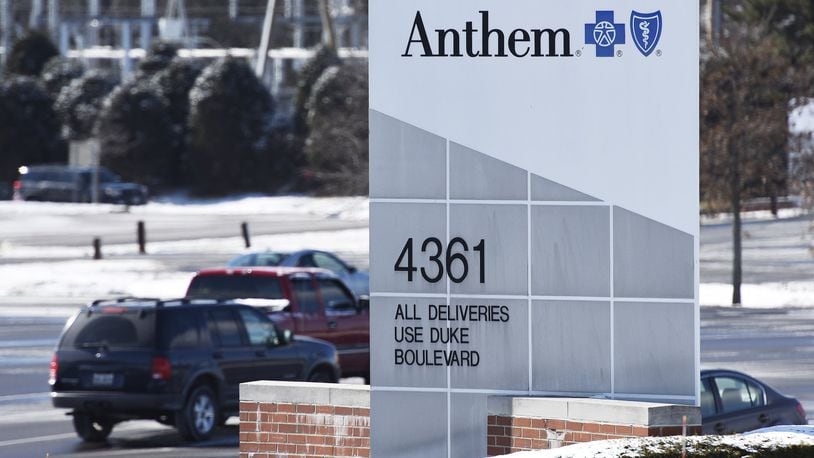Anthem Blue Cross Blue Shield currently has this program in place in Kentucky, Missouri and Georgia and is expanding it to Ohio, Indiana and New Hampshire starting in January.
LOCAL: New pet hospital opening in Dayton area
When patients are treated in ERs for cases like suture removals or seasonal allergies that could have been in primary care, it’s expensive and can raise the overall cost of health care. Anthem said it has seen a drop in unnecessary ER visits in Kentucky since it started its review there and has rejected only around 1 percent of all claims as avoidable, according to media reports.
But Ohio emergency department doctors are pushing back at Anthem, saying it can be hard for the average person to tell whether some symptoms can or can’t wait.
RELATED: Why the Premier-UHC dispute could hit region harder in 2018
Arm pain could be nothing much or it could be a sign of a heart attack. A rash could be something that could wait or it might mean endocarditis from an opioid injection.
The fear of getting stuck with the bill if they’re wrong could make some patients afraid to get the emergency care they need, argues the Ohio Chapter of the American College of Emergency Physicians.
“I don’t think we should be putting that onus on the patient and having these restrictions in place,” said Dr. Purva Grover, Ohio president of the physicians group.
She said ER doctors treat patients every day who have the same symptoms, but one ends up having to be admitted or need more care, while another might be able to go home.
RELATED: Dayton Children’s plans urgent care center in Huber Heights
Purva said emergency doctors “want to be good stewards of our resources and want to do the right thing for the patient” but the group hasn’t seen any specific data that would show there’s a rising number of patients using the ER for non-emergencies.
Premier Health, which operates four hospitals in the region including Miami Valley Hospital, said in a statement that it is expanding services in 2018 that include telehealth options and four new urgent care centers.
“That said, we do share many emergency physicians’ concerns that local residents, when under duress in certain circumstances, might dwell too long on where to receive care – or bypass needed emergency care altogether – due to concerns about whether their insurance carrier will cover the cost of those services,” a Premier spokesman said.
A 2013 report in the Journal of the American Medical Association found about 6.3 percent of visits had primary care treatable diagnosis. But the report also found the chief symptom complaints that were diagnosed as primary care treatable overlapped 89 percent with the chief symptom complaints that of all emergency department visits.
Mike Baldyga, spokesman for the American College of Emergency Physicians, said as far his association is aware of, Anthem is the only insurance company with this type of program.
“Our concern is that if it’s seen as successful, other insurers will follow,” he said.
Anthem spokesman Jeff Blunt said in a statement that it has seen an increase in ER visits for non-emergencies and the cost of an ER visit can be 10 times the cost of a visit to a non-emergent care provider.
RELATED: Med tech growing part of Dayton start-up scene
“Emergency rooms treat life and limb threatening situations, and if a member feels he or she has an emergency they should always call 911 or go to the ER. But for non-emergency ailments, ERs are an expensive and time-consuming place to receive care,” he said.
Blunt said primary care physicians should always be the first medical professional patients see with any non-emergencies, and there are urgent cares, telemedicine, retail clinics and Anthem’s free 24-7 nurse lines for after-hours situations.
He said Anthem will cover non-emergencies if a member was directed to the emergency room by another medical provider, if services were provided to a child under the age 14, if there isn’t an urgent care or retail clinic within 15 miles, or if the visit occurs between 8 p.m. Saturday and 8 a.m. Monday or on a major holiday.
LOCAL: Amazon grows, downtown explodes among top local 2017 business stories
Purva said using final diagnoses instead of symptoms to decide whether to cover emergency room care violates the current standard for determining whether an ER visit is justified for insurance coverage, which is whether a “prudent layperson” or a person with average health knowledge would believe their health is in serious jeopardy.
Anthem said it will use the prudent layperson standard when reviewing claims before it would deny coverage.
About the Author
